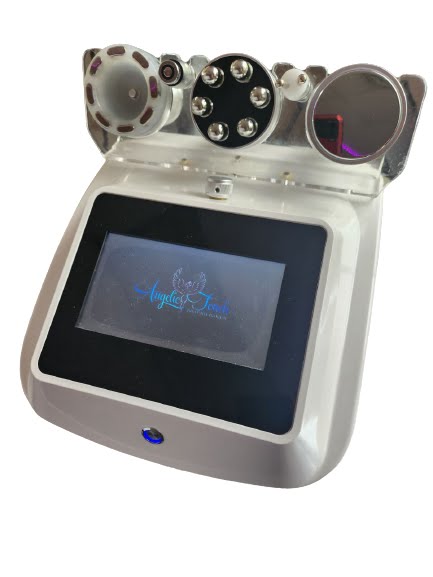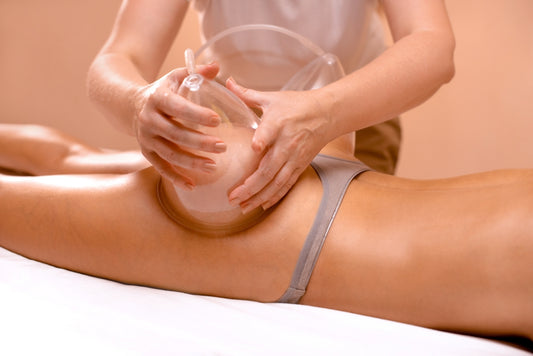Body Sculpting
At DMV Body Sculpting Supplies and Services, we are committed to providing our customers with the latest advancements in body sculpting technology. Our range of services includes Laser Lipo, Cavitation, Radio Frequency and Cool Sculpting.
-
Basic Trio
Regular price $800.00 USDRegular priceUnit price / per -
Cool Sculpting
Regular price $1,700.00 USDRegular priceUnit price / per -
Radio Frequency
Regular price $400.00 USDRegular priceUnit price / per -
Cavitation
Regular price $200.00 USDRegular priceUnit price / per -
Laser Lipo
Regular price $400.00 USDRegular priceUnit price / per -
Non-Surgical BBL
Regular price $400.00 USDRegular priceUnit price / per
1
/
of
6





